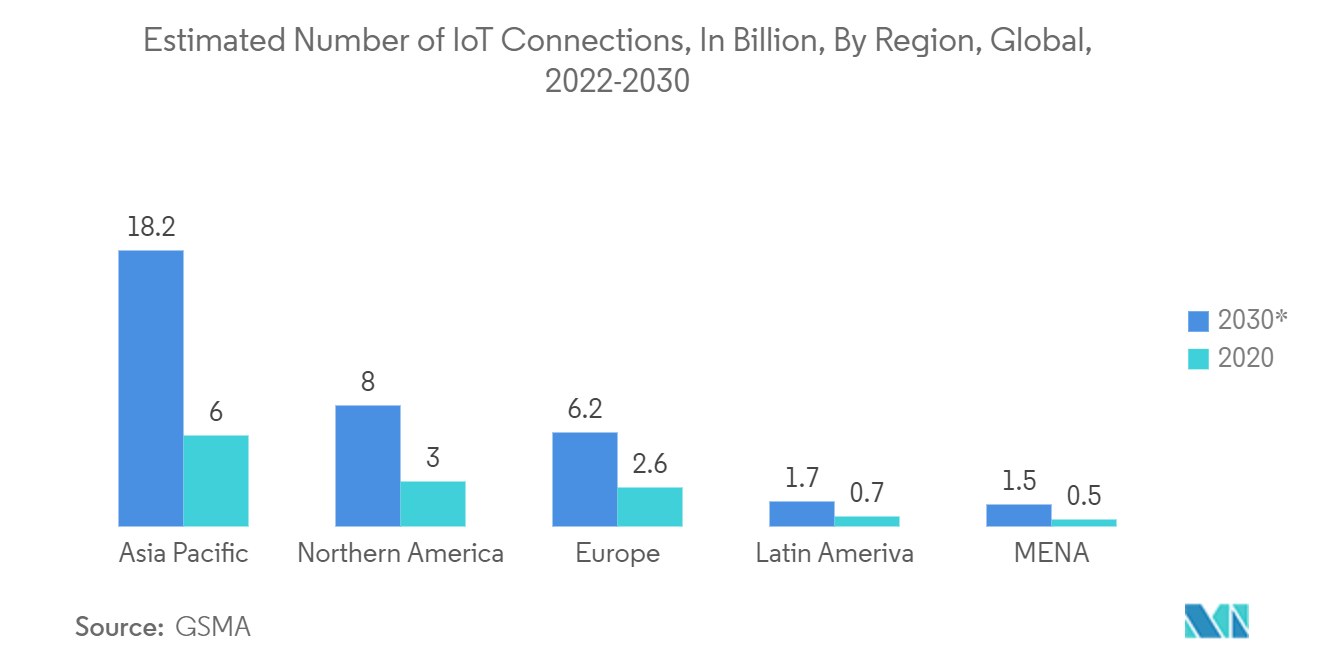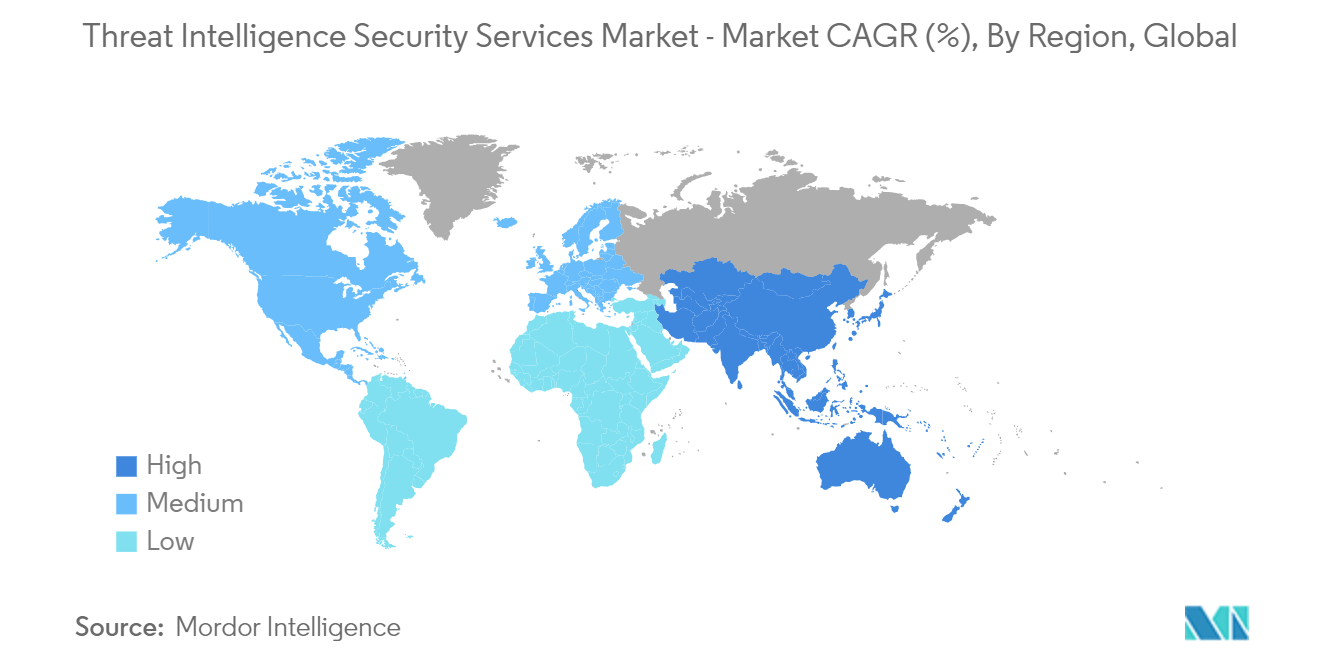Market Trends of Threat Intelligence Security Services Industry
Rapidly Increasing Cyber Security Incidents to Drive the Market
- Enterprises utilize threat intelligence security tools to identify and combat cyber attack risks, bolstering global market trends. Concurrently, businesses are increasingly turning to network-defining software and malware detection tools to fortify their IT systems.
- Furthermore, timely threat intelligence not only averts cyber attacks but also aids in recovering significant financial losses as companies ramp up security checks across all levels, fueling market demand.
- As emerging threats target devices and enterprises, the IoT community and software developers are pivoting toward a diverse array of technology solutions to mitigate cyber risks in IoT applications. With a rising number of companies embracing IoT for heightened productivity, cybercriminals are shifting their focus from traditional computers to IoT devices.
- Threat intelligence security solutions play a pivotal role in preempting threats and safeguarding environments. Moreover, the global market for these solutions presents lucrative investment prospects, driven by the swift adoption of the BYOD model and the integration of big data analytics into threat intelligence security frameworks.

Asia-Pacific to Witness the Highest Growth
- Asia-Pacific is poised to achieve its peak growth during the forecast period. This surge is underpinned by technological advancements, the rise of new economies, heightened security awareness, and the escalating sophistication of threats. Additionally, the region is witnessing a deepening integration into the ongoing IT revolutions and increased investments in technology.
- Moreover, the region's growth is bolstered by technological advancements, the emergence of new economies, a growing emphasis on security, and an evolving threat landscape. This growth is further fueled by Asia-Pacific's alignment with the ongoing IT revolutions and its robust investments in technology.
- Furthermore, the upsurge in database volumes, anomalies in privileged user accounts and logins, atypical domain name system requests, and unexplained system changes are key drivers of this growth.
- As enterprises face heightened risks of cybersecurity breaches, many are turning to threat intelligence services. This shift is particularly pronounced due to the widespread adoption of cloud platforms, IoT, and other networking technologies.


